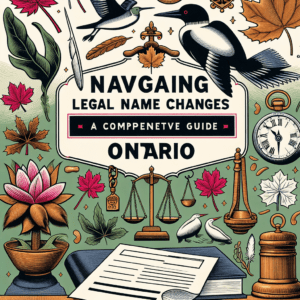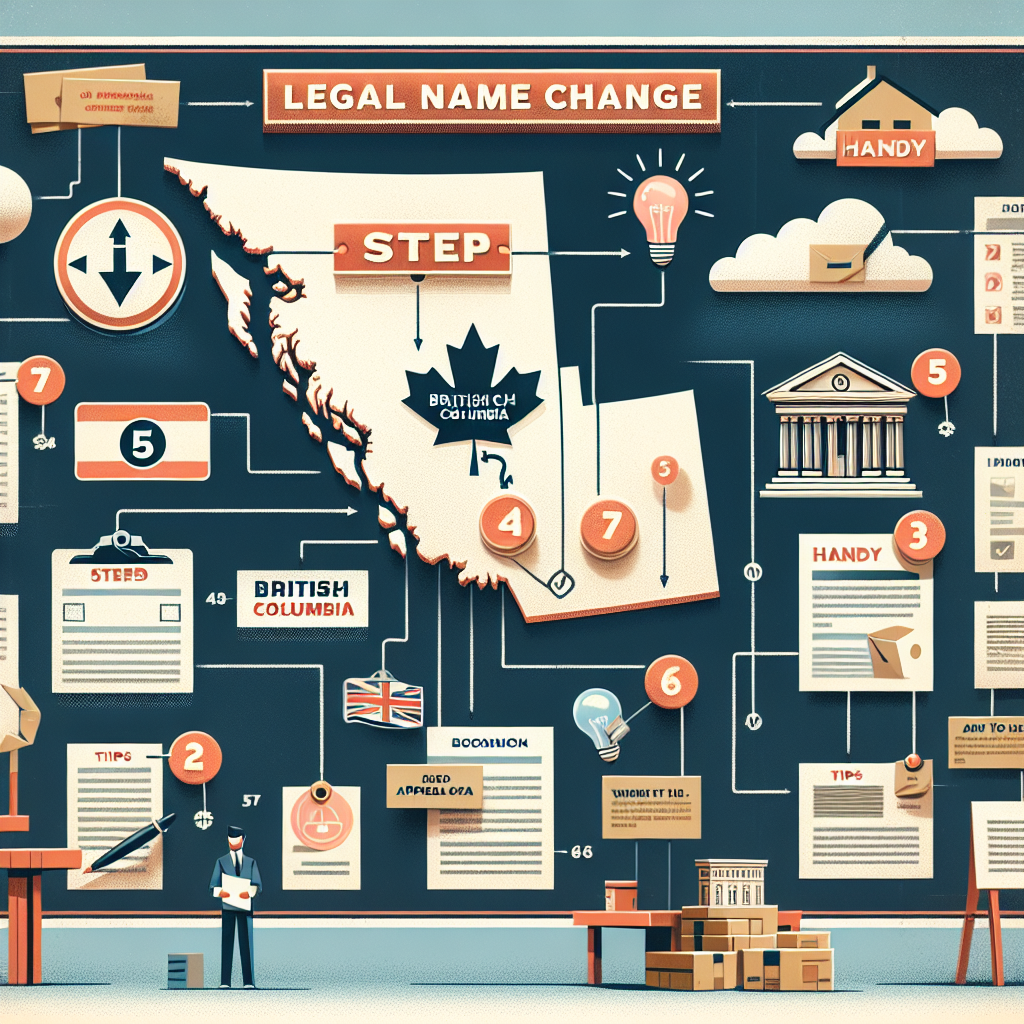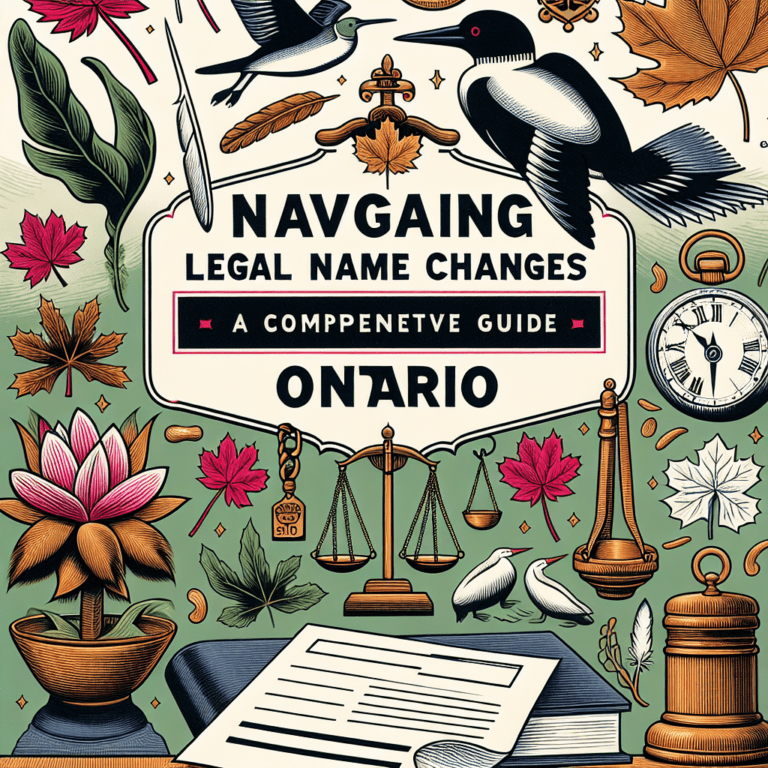===
Navigating the intricacies of a legal name change in BC, Canada, can feel overwhelming, especially for those seeking to reclaim their identity or align their name with their personal values. Whether driven by marriage, divorce, or a desire for a fresh start, the journey can be fraught with uncertainty. Understanding the legal name change process in BC will not only clarify necessary steps but also alleviate the stress associated with this important transition. This guide is designed to provide you with essential insights, actionable steps, and insider tips to ensure your name change journey is smooth and successful.
Understanding the Legal Name Change Process in BC, Canada
The legal name change process in British Columbia is a formal procedure governed by the Vital Statistics Act. This Act stipulates the legal requirements and frameworks necessary for individuals wishing to change their name. One fundamental aspect of this process is that an individual must be a resident of BC for at least three months before initiating a name change application. Whether you’re changing your first name, last name, or both, it’s imperative to understand that this process is not just a bureaucratic formality; it legally alters your identity on all official documents.
Another critical element of the name change process is the need for concise documentation. Applicants must provide proof of identity, such as a birth certificate or government-issued ID, along with a completed application form. The application may also require a criminal record check, particularly if the name change is for a minor. By understanding these requirements upfront, you can save time and reduce potential complications during the application process.
Moreover, individuals should be aware that the legal name change process can take several weeks to months, depending on various factors, including the completeness of your application and the current workload of the Vital Statistics Agency. Following the established guidelines and knowing what to expect can help ease frustrations, allowing you to focus on the exciting new chapter that awaits you.
Essential Steps and Tips for a Smooth Name Change Journey
To initiate your name change in BC, the first step is to gather all necessary documents. This typically includes your birth certificate, any legal name change documents if applicable, and valid identification. It’s important to ensure that all documents are current and accurate. An often-overlooked strategy is to create a checklist of all required documents to streamline the process and avoid last-minute scrambling.
Once your documents are ready, complete the Name Change Application form available from the Vital Statistics Agency. Take your time to fill out each section accurately, as any discrepancies can lead to delays or rejections. A lesser-known tip is to use clear, legible handwriting or type the application to ensure that it is easy to read. In addition to the main form, be prepared to pay the application fee, which varies based on the specifics of your situation.
After submitting your application, patience is vital. During this waiting period, take proactive steps to prepare for your name change in other areas of your life. For example, start compiling a list of organizations or institutions where you’ll need to update your name, such as banks, insurance providers, and government agencies. Having this list handy will expedite the transition once your legal name change is approved.
Ensuring a smooth transition doesn’t end with the paperwork. Once your name change is legally recognized, it’s essential to communicate your new name to family, friends, and colleagues. This can feel daunting, particularly if you’ve used your old name for a long time. Consider sending out a friendly announcement via email or social media to celebrate your new identity. This not only eases the transition for those around you but can also reinforce your commitment to this significant change.
Understanding the importance of your new identity can also help in this adjustment period. Some individuals may experience mixed emotions regarding their name change, especially if it signifies a departure from their previous life. Engaging in self-reflection and embracing your new name as an embodiment of your true self can make the transition feel much more empowering.
Once your new name is in use, remember to monitor your legal documents to ensure everything reflects your new identity. This includes checking your ID, healthcare cards, and any other official records. Establish a timeline for addressing these changes to avoid any potential complications down the line.
===
Embarking on a legal name change in BC, Canada, is a significant and often transformative experience. By understanding the process and following essential steps, you can navigate this journey with confidence and ease. Remember, your name is more than just a label; it’s a reflection of who you are and how you wish to be perceived. So, take that first step toward embracing your new identity, and don’t hesitate to reach out for support along the way. Whether through community resources, legal aid, or online forums, a wealth of knowledge is available to guide you. Your new name awaits—seize it!
Understanding Legal Self-Defense Weapons in CanadaUnderstanding Legal Paper Size: Dimensions and Uses ExplainedNavigating Legal Name Changes in Ontario: A Comprehensive GuideRelevant LinkRelevant LinkRelevant Link



















